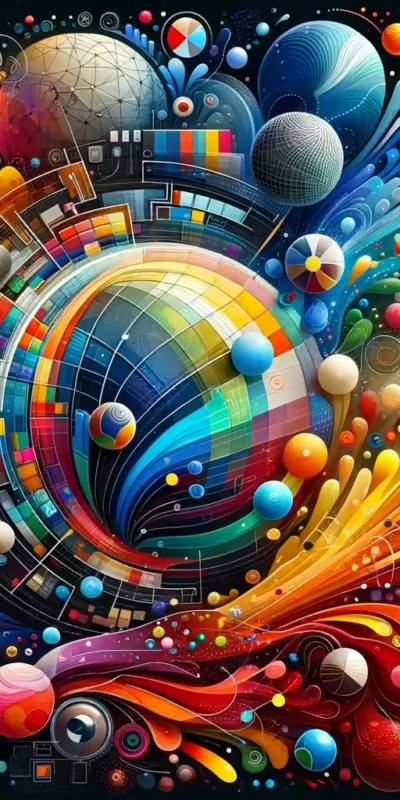Table of Contents
Color Psychology in Web Design
Introduction
The intersection of website design and color psychology holds significant power, especially within the context of drug rehab centers. An optimal website design transcends mere visual appeal, serving as a beacon of hope and a source of essential information for those in dire need of support. The colors chosen for a rehab center’s online presence are not just decorative elements; they are crucial communication tools that can influence mood, feelings, and decisions. This chapter explores the foundational importance of website design for drug rehab centers and introduces the critical role of color psychology in crafting an engaging and empathetic digital environment.
First and foremost, website design for drug rehab centers must prioritize user experience. A well-designed website is user-friendly, accessible, and informative, offering a seamless navigation experience for all visitors. In the delicate context of rehabilitation, where visitors might be experiencing a range of emotions from fear to hope, the design of a website can significantly impact their journey towards recovery.
Color psychology comes into play as a pivotal aspect of web design. Colors have the power to evoke specific emotions, create a sense of calm or urgency, and even influence decision-making processes. For drug rehab websites, selecting the appropriate color palette is essential to foster an environment that encourages recovery, support, and understanding. Here are key considerations:
- Blue: Symbolizes trust, calm, and serenity. Ideal for promoting a safe and trustworthy environment.
- Green: Associated with growth, renewal, and balance. It can help create a peaceful and restorative space.
- Orange and Yellow: While these should be used sparingly, they can inject warmth and optimism, drawing attention to key calls-to-action.
- Neutral Tones: White, grey, and beige offer a clean and minimalistic backdrop that supports other colors and helps in focusing attention on crucial content.
Implementing these colors into the website’s design is not just about aesthetics but about crafting a journey that aligns with the emotional and psychological state of its visitors. It’s about striking the right balance between professionalism and empathy, ensuring that every color choice and design element moves visitors one step closer to seeking help.
In crafting your drug rehab center’s website, consider how the color palette can align with your mission to provide support and rehabilitation. The right colors can turn a simple website into a powerful tool for change.
Start the transformation today.
Contact us today!The Significance of Color Psychology in Drug Rehab Website Design
The influence of color psychology in the design of drug rehab websites cannot be overstated. Color psychology, the study of how colors affect perceptions and behaviors, plays a crucial role in creating an online environment that can positively influence potential clients’ feelings and actions. This chapter explores the essence of color psychology, underscores the importance of choosing appropriate colors for drug rehab websites, and elucidates how different hues can sway emotions and behaviors, aligning with the goals of rehab centers to offer hope, comfort, and support.
Understanding Color Psychology
Color psychology delves into how colors can affect human behavior and mood. Colors have the power to evoke specific feelings; for instance, blue can induce calmness and trust, while green may promote feelings of peace and renewal. Understanding these effects is pivotal in selecting a color scheme that aligns with the emotional support and assurance rehab centers aim to convey.
The Importance of Selecting the Right Colors
Choosing the right colors for a drug rehab website is about more than just aesthetic appeal. It’s about:
- Crafting an inviting online space that feels safe and supportive.
- Using color to communicate the center’s ethos and values.
- Guiding visitors towards making a positive decision, such as seeking help.
How Colors Influence Emotions and Behaviors
Colors wield the power to influence visitor emotions and behaviors subtly yet significantly. For example:
- Blue: Often used to instill confidence and trust, making it ideal for contact pages or calls to action.
- Green: Symbolizes growth and recovery, suitable for highlighting success stories or the journey to sobriety.
- Orange and Yellow: Used sparingly, they can capture attention and invoke warmth and optimism, perfect for buttons or highlights.
Incorporating these insights into the design of a drug rehab website can transform the user experience from merely informative to deeply persuasive and supportive. It’s not just about the color itself but the message and feeling the color conveys to the viewer.
The thoughtful application of color psychology can turn a drug rehab website into a powerful tool in the recovery journey, offering an oasis of hope and support to those in need. By understanding and applying the principles of color psychology, rehab centers can create a digital space that truly resonates with their audience, encouraging them to take the next step towards healing.
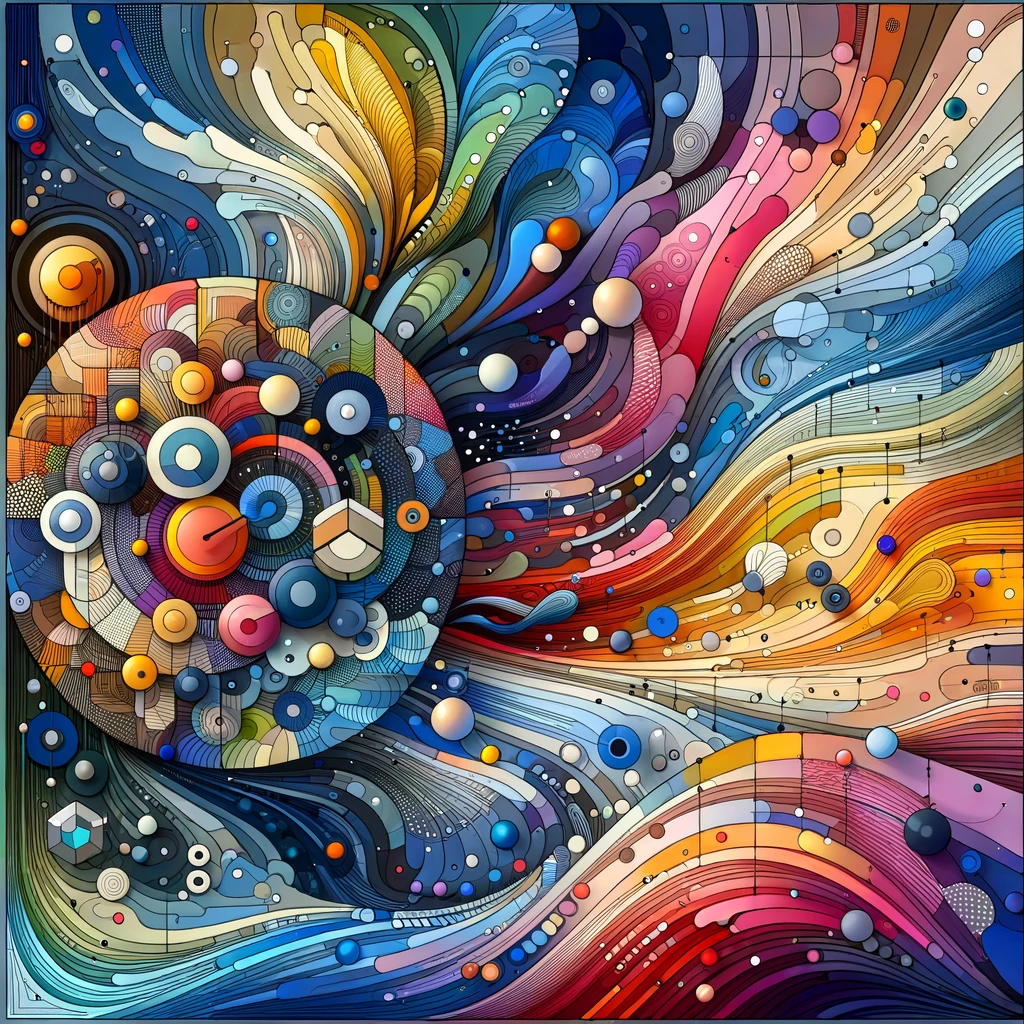
Think about how the colors you choose could speak volumes to your visitors. Begin the transformation now.
Let’s make a difference!Key Considerations in Color Palette Selection
When selecting a color palette for a drug rehab website, it’s essential to consider several key factors that impact the overall effectiveness of the website’s design. These considerations ensure that the website not only appeals visually to its intended audience but also conveys the right emotions and messages. Below are the primary considerations to keep in mind during the color selection process.
Target Audience Demographics and Preferences
- Age: Different age groups may react differently to color schemes. Younger audiences might resonate with vibrant, dynamic colors, while older users may prefer more subdued tones.
- Gender: While not always a definitive guide, certain colors can traditionally appeal more to one gender than another. However, it’s vital to approach this consideration with sensitivity to not reinforce stereotypes.
- Cultural Background: Colors carry different meanings in various cultures. For instance, white is often associated with purity in Western cultures, but it can signify mourning in some Eastern cultures.
The Emotional Atmosphere the Website Intends to Create
- The choice of colors can significantly influence the website’s emotional tone. For a drug rehab website, the aim is usually to foster feelings of hope, peace, and recovery.
- Warm colors can offer comfort and energy, while cool tones might provide a sense of calm and trust.
The Message the Rehab Center Wants to Convey Through Its Website
- Trust and Professionalism: Shades of blue can communicate reliability and professionalism.
- Healing and Growth: Green, with its associations with nature and growth, can symbolize the journey towards recovery.
- Optimism and Warmth: Accents of yellow or orange can add a touch of optimism and warmth, encouraging positive outlooks.
Each color and combination thereof carries weight in how visitors interpret and feel about the rehab center from their first click. It’s about much more than aesthetics; it’s about using color as a tool to support the journey of healing and recovery.
Incorporating these considerations into your website’s design can help ensure that your color palette effectively reaches and resonates with your intended audience, supports the emotional journey of your visitors, and clearly communicates your center’s key messages.
Recommended Colors for Drug Rehab Websites and Their Psychological Impacts
In the nuanced field of drug rehab website design, the selection of colors plays a critical role in shaping the user experience and emotional response. This chapter delves into recommended colors for drug rehab websites, exploring their psychological impacts and how they can foster an environment of trust, healing, and hope. Understanding these color choices can significantly enhance the effectiveness of a rehab center’s online presence.
Blue: Trust, Calmness, and Stability
Blue is widely recognized for its ability to convey a sense of trust, calmness, and stability. Utilizing various shades of blue on a drug rehab website can help create a comforting and secure environment, encouraging visitors to feel safe in seeking help.
Green: Healing, Growth, and Tranquility
Green, the color of nature, symbolizes healing, growth, and tranquility. Its presence on a website can promote feelings of renewal and recovery, essential for individuals on the path to overcoming addiction.
Purple: Wisdom, Dignity, and Luxury
Purple, a color often associated with wisdom, dignity, and a sense of luxury, can lend an air of quiet sophistication and support to a rehab website’s aesthetic. It suggests that the path to recovery is a noble journey worth embarking on.
Yellow: Optimism, Hope, and Warmth
Used sparingly, yellow can inject optimism, hope, and warmth into the website’s design, acting as a beacon of light for individuals seeking a way out of their struggles. It’s particularly effective in call-to-action buttons or highlights.
The Role of Neutral Colors: White, Gray, and Black
Neutral colors like white, gray, and black play a pivotal role in creating balance within a website’s color palette. White spaces can offer a sense of peace and clarity, gray can convey balance and neutrality, and black can provide a powerful contrast, emphasizing other colors and guiding the visitor’s attention to key areas.
Incorporating these colors thoughtfully into the design of a drug rehab website can significantly impact the visitor’s emotional journey, helping to foster an atmosphere that encourages recovery and support.
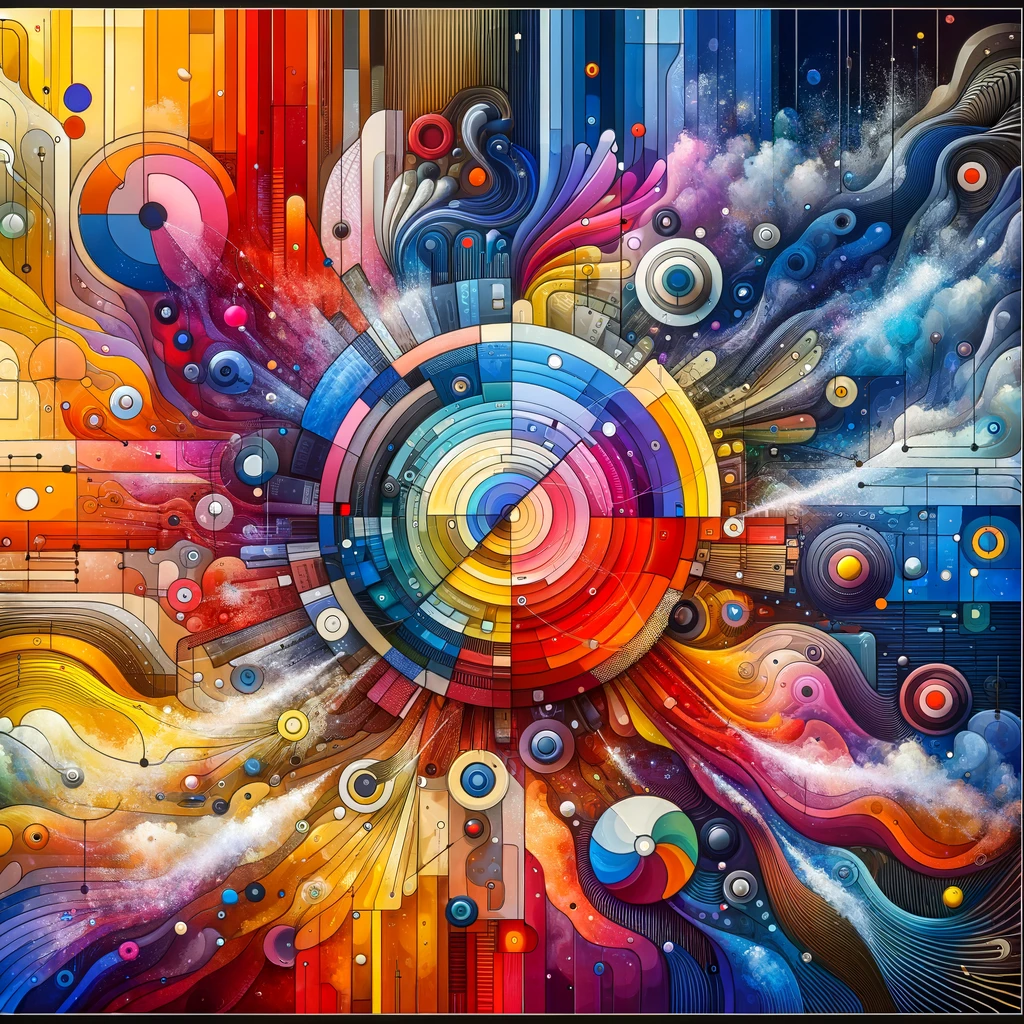
Start your redesign today.
Let’s work together!Case Studies: Effective Color Use in Drug Rehab Website Design
In the realm of drug rehab website design, the strategic use of color plays a crucial role in shaping visitor perceptions and actions. Through a detailed examination of case studies, this chapter highlights examples of rehab websites that have effectively leveraged color palettes to enhance user experience and foster an environment conducive to healing and support. By analyzing why these color schemes work, we can extract valuable insights for designing more impactful and empathetic rehab websites.
Case Study 1
- Color Palette: Shades of blue and green, accented with white.
- Analysis: Blue evokes feelings of calmness and trust, essential for a rehab website aiming to reassure visitors seeking help. Green symbolizes growth and renewal, reinforcing the message of recovery. White spaces are used to create a clean, uncluttered look, making the site more navigable and less overwhelming for users in distress.
Case Study 2
- Color Palette: Purple and gold on a white background.
- Analysis: Purple, associated with wisdom and dignity, suggests that seeking help is a wise and respectable step. Gold accents convey a sense of optimism and quality, suggesting a premium service. The white background keeps the design clean and focused, prioritizing content readability and user engagement.
Case Study 3
- Color Palette: Teal and coral with gray undertones.
- Analysis: Teal, a mix of blue’s tranquility and green’s renewal, offers a unique sense of serenity and optimism, ideal for a rehab setting. Coral adds a warm, inviting touch, encouraging users to explore further. Gray serves as a neutral balance, ensuring the site remains professional and grounded.
These examples demonstrate the power of color in creating a digital environment that resonates with the emotional and psychological needs of its visitors. The thoughtful selection and application of color can significantly impact the effectiveness of a drug rehab website, influencing user perceptions, feelings, and actions in a positive direction.
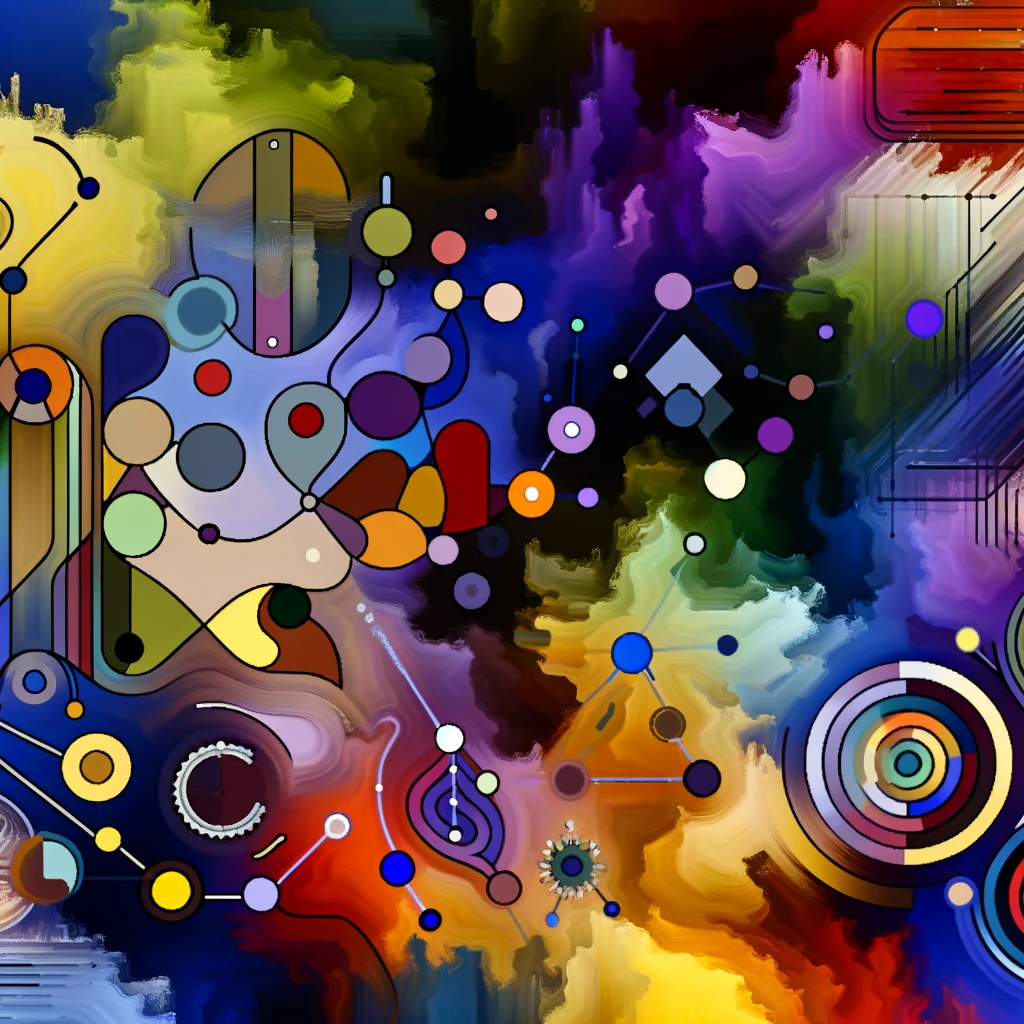
Consider how the colors you choose could enhance the visitor experience and support your mission. Begin your design journey now.
Contact us today!Tips for Implementing Your Color Palette
Integrating the right color palette into a drug rehab website design requires thoughtful consideration and strategic planning. The colors chosen must not only align with the brand’s values and message but also promote a comforting and supportive environment for visitors. This chapter provides actionable tips for implementing your color palette effectively and highlights tools and resources that can assist in the selection and testing process.
Best Practices for Integrating Your Chosen Colors into the Website Design
- Consistency is Key: Ensure that your color palette is consistently used across all pages to maintain a cohesive look and feel. This consistency helps in building brand recognition and trust.
- Focus on Accessibility: Make sure that your color choices do not hinder the readability of your content. High contrast between text and background colors is essential for readability, especially for users with visual impairments.
- Emotional Alignment: Select colors that align with the emotional tone you wish to set for your website. Colors like blue and green can evoke feelings of calm and hope, which are beneficial for a rehab website.
- Use Color to Highlight Actions: Utilize contrasting colors for call-to-action buttons or important links to make them stand out and encourage interaction.
- Limit Your Palette: While it might be tempting to use a wide range of colors, limiting your palette to a few primary colors and complementary shades can prevent the site from feeling overwhelming.
Tools and Resources for Selecting and Testing Color Palettes
- Adobe Color: This tool allows you to explore and create color schemes, with the option to check for accessibility.
- Coolors.co: Coolors offers a fast way to create and customize color schemes, with an easy-to-use interface.
- ColorZilla: A browser extension that lets you pick colors from any webpage, useful for finding inspiration or matching specific hues.
- WebAIM Contrast Checker: An essential tool for testing the contrast between text and background colors to ensure that your website is accessible to everyone.
By applying these best practices and utilizing available tools, you can create a color scheme for your drug rehab website that is not only visually appealing but also supportive of your mission to provide care and assistance.
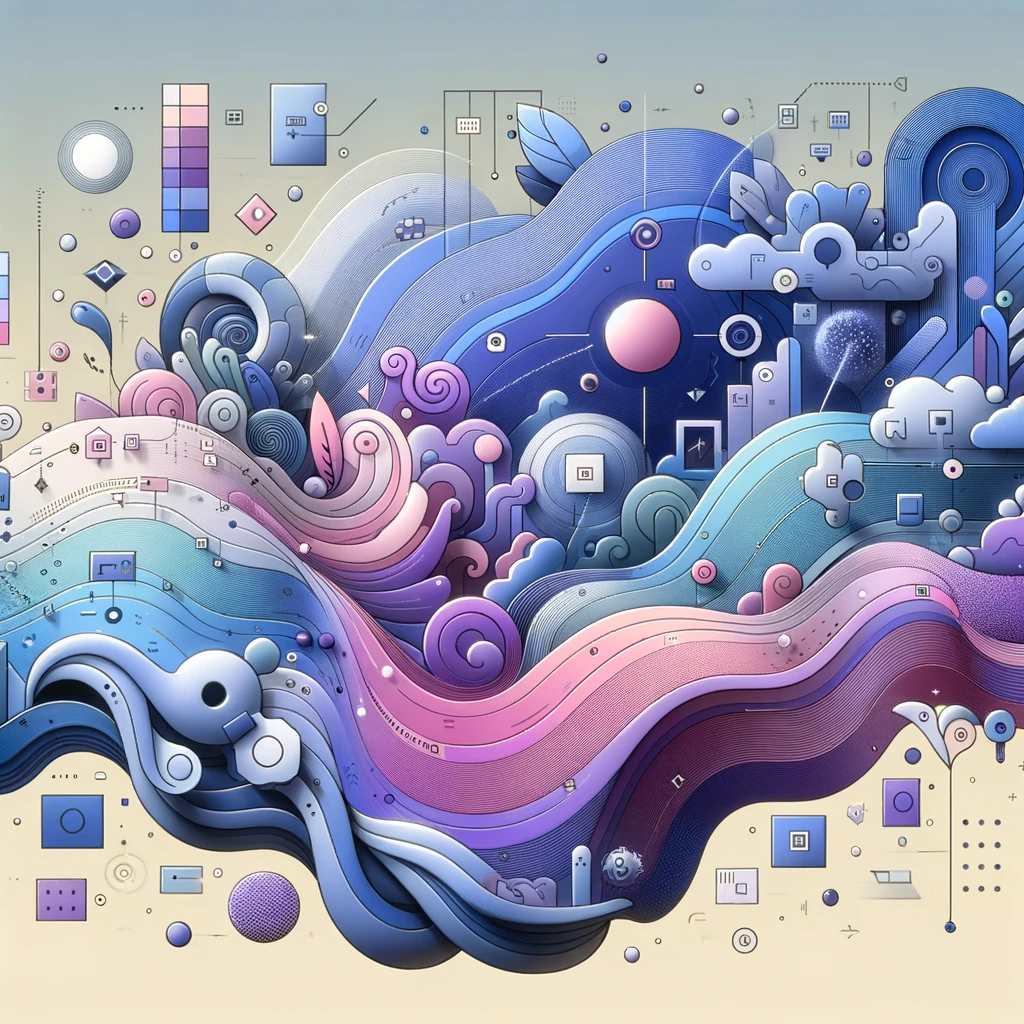
Conclusion
The journey through understanding and applying color psychology in the design of drug rehab websites is not just a matter of aesthetics; it’s a strategic approach to creating an environment that fosters trust, healing, and hope for individuals seeking support. This chapter concludes our exploration of how the thoughtful selection of colors can profoundly influence the effectiveness of a drug rehab center’s online presence, emphasizing the importance of this aspect in digital design.
Color psychology is a powerful tool in the realm of website design, particularly for drug rehab centers where the stakes are incredibly high. The colors chosen for a website go beyond mere decoration; they communicate, influence, and even heal. As we’ve seen, colors like blue can instill a sense of trust and calm, green can promote growth and renewal, while warmer tones may offer comfort and optimism. These are not just color choices; they are decisions that can impact a visitor’s journey from the first click.
The key takeaways include:
- The significant role of color psychology in web design, especially for sensitive sectors like drug rehabilitation.
- The need for careful consideration of your target audience’s demographics and psychological needs when choosing your website’s color palette.
- The encouragement to experiment with colors, ensuring that they align with your brand’s message and the emotional tone you wish to set.
Experimentation with color should always be informed and intentional, keeping the user’s needs and the brand’s objectives at the forefront. The goal is to create a digital space that not only looks appealing but feels welcoming and supportive, guiding visitors towards taking the step to reach out for help.
As we close this discussion, it’s clear that the power of color in drug rehab website design cannot be underestimated. It’s a crucial element that can significantly enhance the user experience, offering a beacon of hope and a path towards recovery.
Questions You Might Ponder
How does color psychology influence the mood of website visitors?
Color psychology can profoundly affect the mood of website visitors by evoking specific emotions and feelings. For example, blue can instill a sense of trust and calm, making it ideal for drug rehab websites that aim to create a supportive environment.
Why is consistency in color palette important for a website’s design?
Consistency in a website’s color palette is crucial for building brand recognition and trust. It ensures a cohesive look and feel across all pages, enhancing the user’s navigation experience and reinforcing the brand’s identity.
Can the choice of colors on a website impact its accessibility?
Yes, the choice of colors can significantly impact a website’s accessibility. High contrast between text and background colors is essential for readability, especially for users with visual impairments. Choosing accessible color combinations ensures that the website is user-friendly for a broader audience.
What role do warm colors play in the design of drug rehab websites?
Warm colors, such as orange and yellow, can inject warmth and optimism into the design of drug rehab websites. They are often used sparingly to draw attention to key calls-to-action, encouraging users to take positive steps.
How can drug rehab centers use color to communicate their brand message?
Drug rehab centers can use color to communicate their brand message by selecting hues that align with the emotions they wish to evoke. For example, green can symbolize growth and renewal, resonating with centers focused on recovery and healing.
What are some tools for selecting and testing color palettes for websites?
Tools like Adobe Color, Coolors.co, ColorZilla, and WebAIM Contrast Checker are invaluable for selecting and testing color palettes. They help designers create visually appealing and accessible color schemes that enhance the website’s overall effectiveness.
How does the emotional atmosphere created by a website’s colors affect visitor behavior?
The emotional atmosphere created by a website’s colors can subtly influence visitor behavior by making them feel more comfortable, hopeful, or motivated. This emotional engagement can encourage them to explore the site further and seek the support they need.
Interested in transforming your rehab center’s website into a more effective tool for support and healing? Why not evaluate your current color palette and consider how it aligns with your mission and the needs of your audience? Begin your design journey today.

